
Namra Hotel

Reservation:
+91 7051306662

Experience
In-House

Relax in our garden’s hammocks & cots with a book
Our green courtyard is dotted with locally made hammocks dangling from the strong willow trees to facilitate the guests to sway to the tunes of surrounding nature or in the stories from the books from our collection.

Meditate in our family Buddhist shrine room
We welcome our guests to the family Buddhist traditional shrine room to practice meditation or to sit still. The shrine room is adorned with statues made of copper, gold and ivory, traditional silk and brocade scroll paintings, religious artefacts and scriptures.
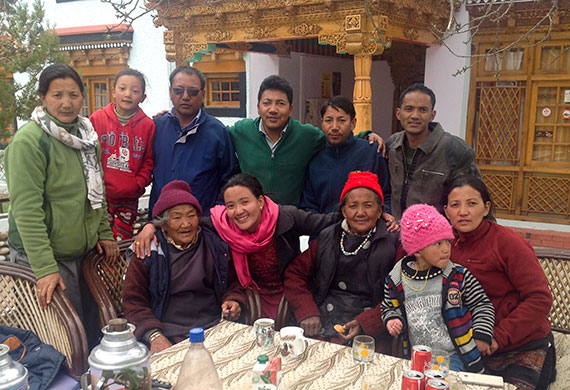
Interact with the family
We have a big family led by the soon to be 100-year old grandma. Share stories, ask questions and learn more about Ladakhi people, tradition and lifestyle on the rooftop of the world.
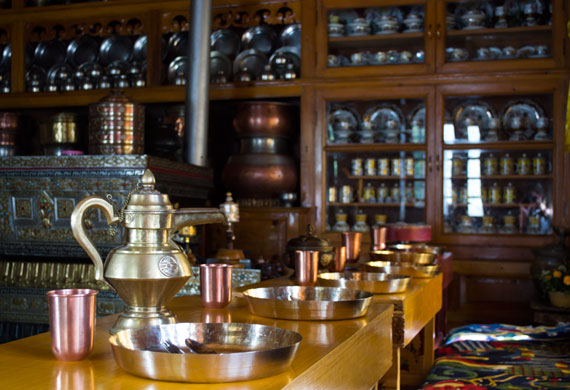
Explore the traditional kitchen
Our traditional kitchen houses all the kitchen wares that are characteristic of a traditional Ladakhi family and more. The prominent wooden shelf that takes up a whole wall is decorated with rows of brass pots and utensils. Namra kitchen is the cornerstone of family’s warmth and guests are welcomed inside for a tea or to huddle around the hearth.
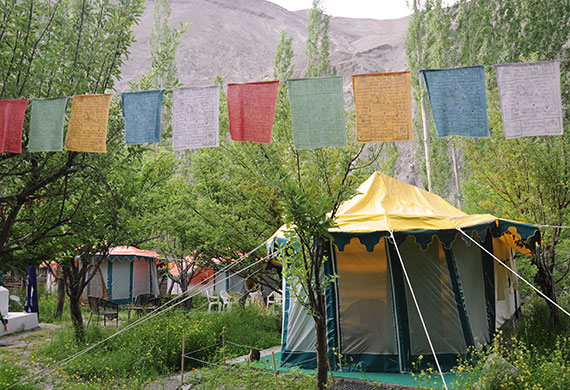
Camping
The hotel has everything in place to turn its backyard into an ideal camping spot. Well-equipped dome tents can be pitched under the trees and beside the streams in our backyard overlooking the palace. The tall trees, fresh air and bare mountains in the view enhance the feeling of recreational camping.
Village Life
Explore our quaint, charming village of Tingmosgang

Majestic Tingmosgang castle
The famous 15th-century palace is a 10-minute drive from the hotel. It houses a famous self-originated statue of Avalokiteshvara, from Kamrup, Guru Padma Sambava & many ancient invaluable holy objects, murals, statues, frescos & texts.
A spectacular spiritual painting of Tibetan style is a masterpiece in whole Ladakh. These collections attract tourists and devotees from all over the world irrespective of caste, colour, or creed.
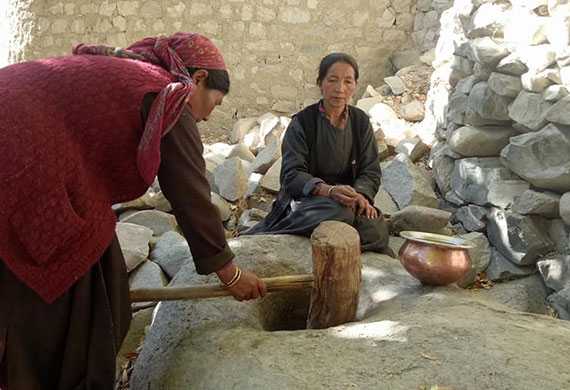
Meet the villagers
Walk around the village and beyond to greet people, interact and take in the serene atmosphere and lifestyle of people on the roof of the world.
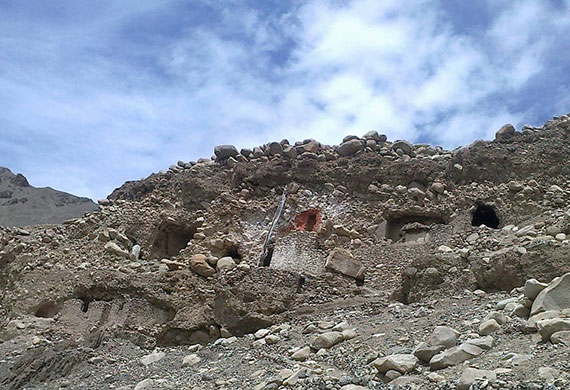
Ancient Meditation Cave
The village is dotted with ancient meditation cave in the crevices and corners of the mountains. These caves have been used for centuries by the austere yogis and hermits to introspect and to reach inside. Peek inside these caves to feel what it must have been for the yogis engaging in such meditation for years.
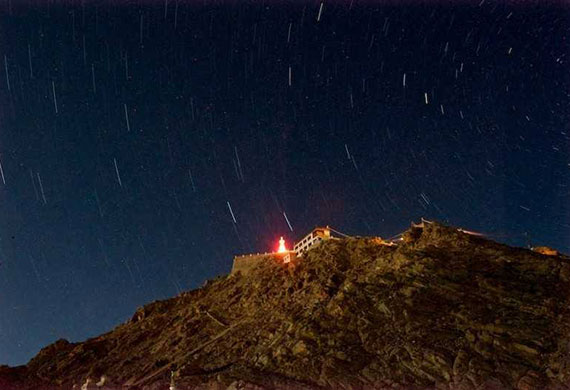
Stargaze on the rooftop of the world
Situated at this height, Ladakh offers one of the best spots in the world to stargaze. The clean environment ensures that there is no pollution blocking the perfect view of the azure sky in the day and stark stars in the night. As a testimony, the Indian Astronomical Observatory of Indian Institute of Astrophysics -IIA is situated at an altitude of 4500 m. above main sea level on the top of Mt. Saraswati in the vast plain of the Changthang Hanle in Ladakh. According to IIA, “the cloudless skies and low atmospheric water vapour make it one of the best sites in the world for optical, infrared, sub-millimetre, and millimetre wavelengths.”
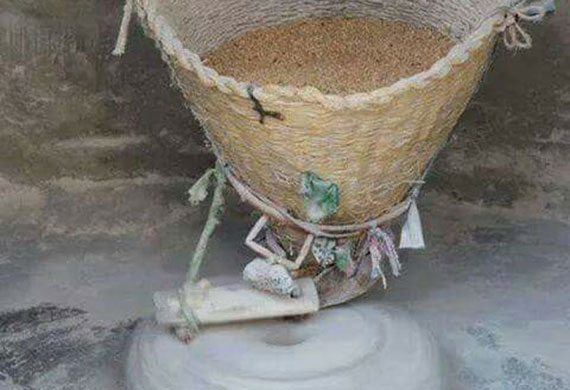
Traditional Water Mill
Rantak or water mill is famous across Ladakh, used for grinding barley, wheat, pea and others. Ground barley becomes Tsampa, the traditional food of Tibet and a staple diet of the Ladakhis. In Tigmosgang, the community rantak is housed in a small mud house built several meters above the river. The mill is operated by the force of the running water. Barley grain flows from Tsepo, the traditional Ladakhi basket made of straw, hung from the ceiling and are crushed by the stone mill powered by the force of the river. In winter, the rantak cannot be used with the frozen river.
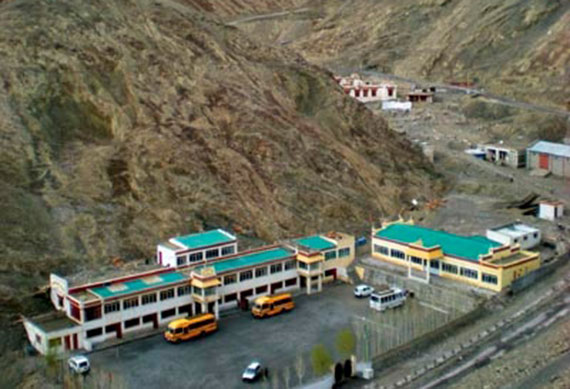
Lotsava School
The Lotsava Charitable Foundation was founded in 1999. The foundation helped improve the existing school of the village. It supported the locals of Tingmosgang to educate its children in an educationally, socially and culturally holistic way.

Mahabodhi schools
This is a co-ed English medium school was established in 1999 with 29 students at the request of the parents in the village. The founder, Ven. Bhikkhu Sanghesana, the president of Mahabodhi International Meditation Center is a native of the village and knows that children in the adjoining villages flock to a substandard government school in Tingmosgang for education. It has since been upgraded to 8th standard and has about 150 students. It educates children from villages of Ang, Nurla, Wanlaks, Tia, Latsey and Tserey.
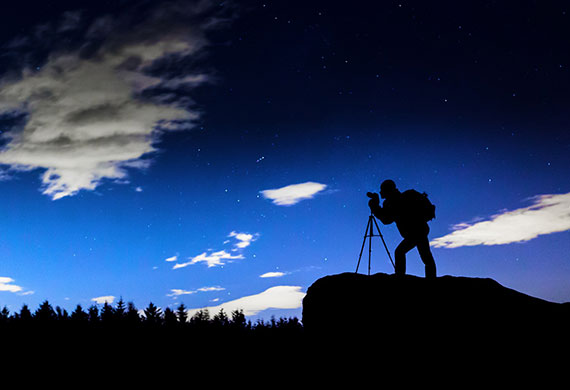
Photography
Set out on a photo session to capture the scenery around. Use the unique landscape and your own imagination to compose and frame beautiful photos of the region. Climb to the palace and watch the three valleys fork out like a lotus flower. The village is also an ideal spot for capturing time-lapse and star trails.
Dongtum Heritage Village
This is a heritage village with multiple passages through it to explore.
Buddhist Path

Prayer meeting with Local Nunnery
Tingmosgang nunnery is within 5 minutes’ drive from the hotel. This is a small nunnery where you will be much welcomed by the resident nuns and witness their prayers and daily activities. Namra hotel feels a special connection with the residents of the nunnery and endeavors to support them through various contributions and projects. The Hotel Namra team helped the nuns with the construction of a new kitchen and provided them with beds, blankets and warm clothes for the very difficult and long winter seasons.

Tseskarmo Monastery
This serene monastery lies 3 km from the hotel. The monastery is a sanctuary for the beautiful prayer wheels running on natural spring water, very old meditation caves and two holy water reservoir. Some of the biggest holy trees in Ladakh are found here.
A festival called Tukpaichunna takes place here annually in summer to celebrate the birth anniversary of Jay Gampopa, one of the greatest Kagyu masters. The exact date of the festival depends on when the anniversary falls in a particular year’s lunar calendar. Achi mask dance is its primary attraction. The festival attracts hundreds of people across the world every year.
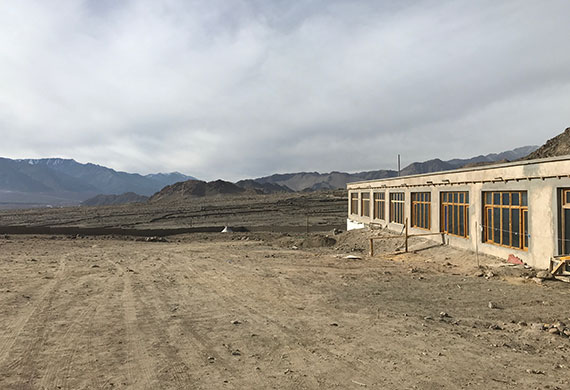
Ang Vipassana valley
10 km from the Hotel, is the green, verdant valley, home for Vipassana retreats of the famous Mahabodhi Meditation Centre. Venerable Bhikkhu Sanghasena founded it in 1986 to offer both spiritual instructions & humanitarian services to impoverished people in the remote land of Ladakh through sustainable spiritual, community & ecological projects. Vipassana and Samatha are amongst the two main paths of Buddha’s way to enlightenment. Vipassana is the Buddhist ‘concentration’ method of seeing reality as it is within the body-mind framework. Samatha is ‘wisdom through analysis’ for an in-depth understanding of Truth. The premises of Vipassana & Samatha is Bodhichitta or loving-kindness & compassion.
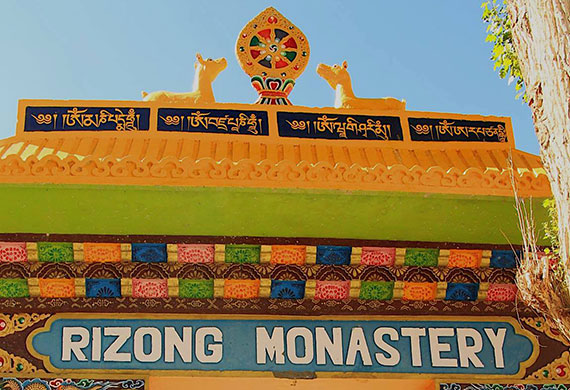
Rizong Monastery
On the way to Lamayuru is Rizong monastery of Gelugpa sect. It is called Yuma Changchubling in Ladakh, India. It was established in 1831 by Lama Tsultim Nima. There are 40 monks in the monastery. The monastery is also called “the paradise for meditation” and is noted for its extremely strict rules and standards.
It is also believed that long ago Guru Padmasambhava meditated in the caves around Rizong years before the monasteries were built. Lamas used to meditate for years in isolation from the rest of the villages.
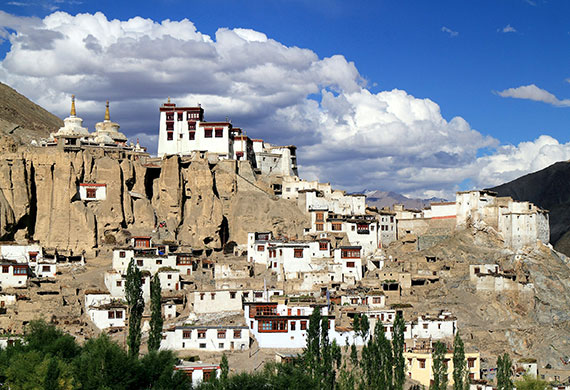
Lamayuru monastery
40 km from the hotel is the oldest & largest religious centre of Ladakh housing 150 monks. It is famous for its rich collection of Buddhist artefacts, frescos or wall paintings, Thangkas or cloth paintings, statues, carpets and an impressive 11-headed, 1000 eyed image of Chenrezig. The history of Lamayuru monastery dates back to the 10th century, when the Indian scholar Mahasiddhacharya Naropa caused a lake to dry up, which fed up the entire valley and laid the foundation stone of Lamayuru monastery of Red-Hat sect of Buddhism.
Attraction: Don’t forget to catch a glimpse of moon land rock or moonscape. The best viewing point is the monastery on the top of the hill. Moonscape is an indented wall around the main road that is formed as a remnant of lacustrine deposits of a lake.
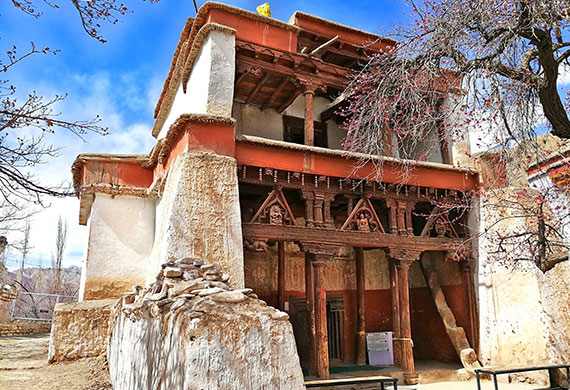
Alchi Monastery
20 km from the hotel on the Indus river bank, is the oldest Buddhist learning centre in Ladakh. A renown national heritage site, it is distinct from other monasteries in Ladakh as it lies on the flat ground unlike other monasteries on hilltops. Tibetan translator Rinchen Zangpo founded the monastery in the mid 12th century. Its ancient frescos, sculptures & statues of Buddhist deities like the big four-armed statues of Bodhisattva, Avalokiteshvara, Manjushri, Maitreya Buddha & Rinchen Zangpo, its founder inspires the visitors.
The monastery is not operational anymore and monks from Likir inhabits it.
Adventure
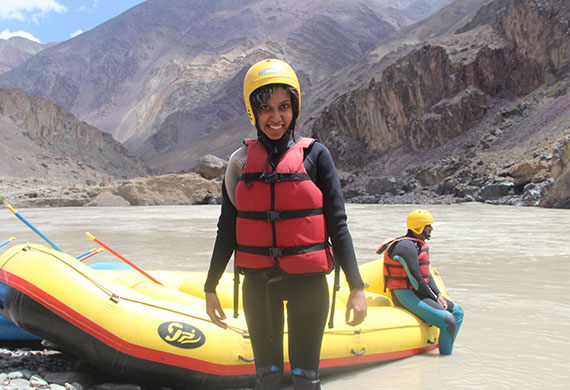
Whitewater rafting
White river rafting is popular here. The Indus river, with its gentle force, beautiful canyons and rapids offer perfect condition for some frolicking in the water. The route depends on the level guests are willing to embark on. The Indus in Ladakh offers Level I to III.
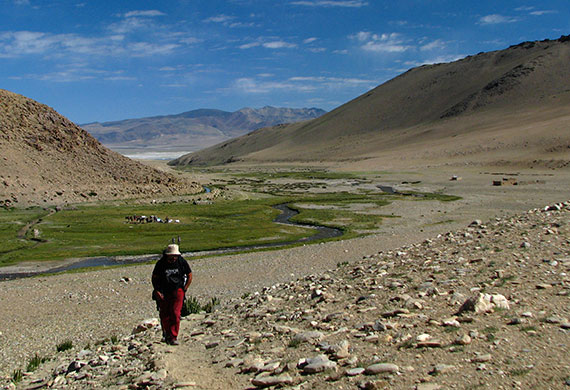
Hiking
There are also hiking trails around the village that is suitable for beginners who wish to take in the beautiful landscapes that Tingmosgang village has to offer.
Baby trek routes are found between Tingmosgang & Hemisshukpachan village. It is a unique trek route which is convenient for all types of tourists, best for the beginners, youth as well as for the elderly tourist. The route is dotted with naturally colourful rocks, meditation caves & wild animals. Another trekking route in the vicinity includes the trekking route from Tia to Pachathang.
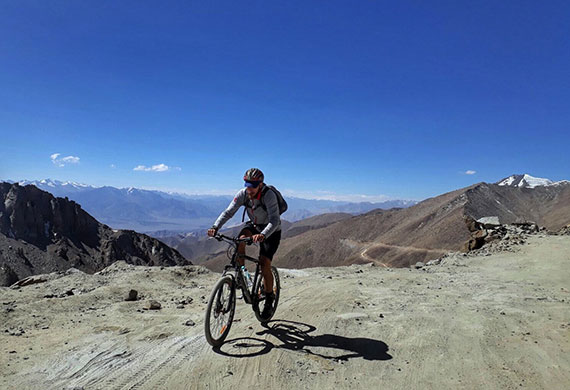
Mountain biking
Much loved by adventurous tourists, mountain biking is made possible by the bare mountains and meandering hillocks of Ladakh that is suitable for cycling. High-end mountain bikes are available from Namra hotel for those who want to pedal their way through bumps and breeze.
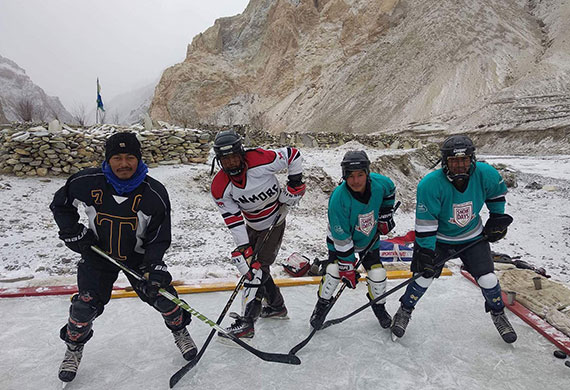
Ice hockey
Ladakh is the home of India’s ice hockey. From December to March, Ladakhis of all age plays ice hockey against the stunning backdrop of Himalayan mountains. Ladakhi Winter Sport Club was founded in 1980 which catapulted the passion for ice hockey. In recent years, the players have gone on to play matches with the national and international team. The Indian army stationed in the Ladakh are given time off to hone their ice hockey skills. The outdoor rinks provide the much-needed entertainment in the winter. Tourists who want to experience Ladakh at its quietest in Winter can join the Ladakhi for some frolicking on the natural ice sheet.